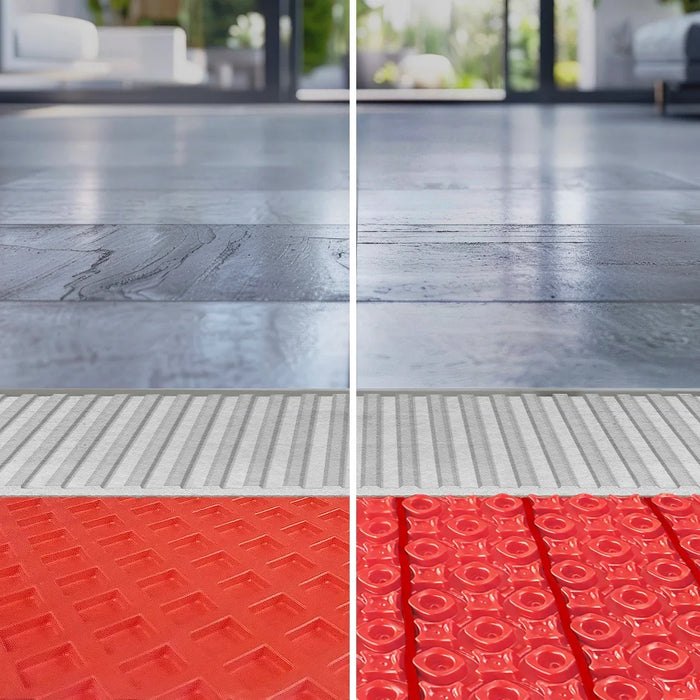
(502) 783-7995
(502) 783-7995


As winter chill sets in, homeowners often seek efficient ways to keep their spaces warm and cozy. Underfloor heating mats are becoming an increasingly popular choice, providing comfort and energy efficiency.
However, before diving into this radiant heating solution, it's crucial to understand how to calculate the costs associated with installing and operating electric floor heating in your home. In this comprehensive guide, we'll walk you through the essential steps to calculate the cost of electric floor heating for your home.
Before delving into cost calculations, it's essential to have a basic understanding of electric floor heating systems. These systems typically consist of electric underfloor heating cables or mats installed beneath the flooring, radiating heat upwards.
The warmth generated creates a comfortable environment, eliminating the need for traditional heating methods.
Several factors contribute to the overall cost of electric floor heating, and understanding these elements is crucial for an accurate estimation.
The installation costs for electric floor heating include materials and labor. On average, the installation cost ranges from $8 to $12 per square foot. To estimate the installation cost for your home, multiply the total square footage by the cost per square foot within this range.
After the initial installation, operational costs constitute the ongoing expenses associated with running the electric floor heating system. These costs depend on the electricity rates in your area and the efficiency of your system.
Example: A typical bathroom
The standard floor heating system consumes 12 watts per square foot, and the heated floor area of a 100 square foot bathroom is usually 50% (after fixtures and perimeter spacing), making it 50sqft of heating:
While the initial and installation costs are crucial considerations, it's essential to evaluate the potential return on investment.
Electric floor heating systems often provide increased energy efficiency, reducing overall heating expenses in the long run. Consider factors such as energy savings, increased property value, and the comfort provided by the system.
In addition to installation and operational costs, homeowners should factor in maintenance expenses to ensure the longevity and optimal performance of their electric floor heating systems.
While these systems are known for their durability, occasional maintenance may be required. Routine checks on the thermostat, and any control systems can help identify and address issues promptly, preventing potential malfunctions and costly repairs.
While maintenance costs are generally very low compared to other heating systems, setting aside a small budget for occasional checks can contribute to the system's efficiency and overall lifespan.
Before finalizing your decision, explore potential incentives and tax credits that may be available for installing energy-efficient heating systems. Some states and utility companies offer rebates or incentives to encourage the adoption of eco-friendly technologies.
Additionally, certain energy-efficient home improvements may qualify for federal tax credits, providing a financial incentive for homeowners to invest in electric floor heating systems.

Electric floor heating can be a luxurious and efficient way to keep your home warm during the colder months. Understanding the costs associated with installation and operation is crucial for making informed decisions.
By carefully considering factors such as square footage, flooring type, and insulation, you can estimate both the initial and ongoing expenses.
Additionally, evaluating the return on investment will help you determine whether electric floor heating is the right choice for your home, providing comfort and cost-effectiveness in the long term.

Our under floor heating experts will work on the design and layout of your project, for free!